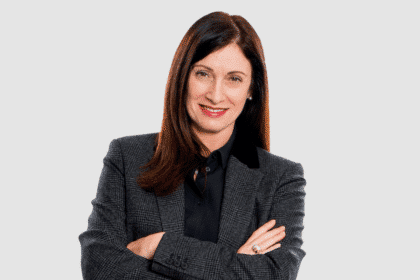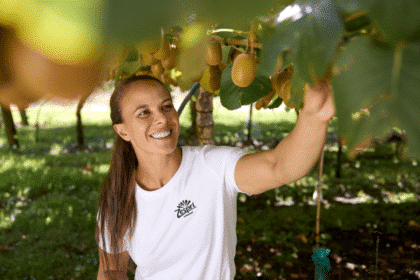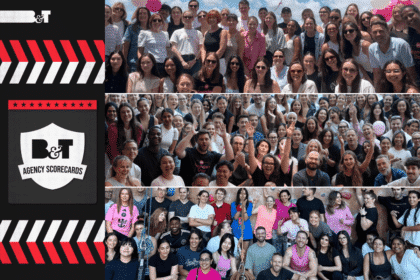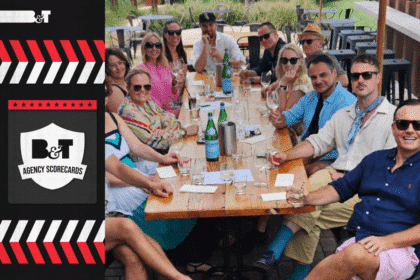When I was twelve, teenage magazines like Dolly were the only source of information for juicy information such as ‘how do I get the boys at the bus stop to like me?’
Given I went to an all-girls school, the bus stop was the only place we saw boys – making it the equivalent of the ivy.
“If you like a boy, smile at him and wrinkle your nose simultaneously – boys love it,” one helpful teen mag informed me.
After seventeen years of trying, I can safely say it doesn’t work (although some men will helpfully ask if you are suffering from a seizure).
Thankfully, women are now allowed to have self-esteem and even our own money, so we no longer need to spend our lives doing ridiculous things to attract boys/men.
Given that so much has changed in recent years, how has the female magazine industry adapted to reach today’s women? To find out, I spoke to publishing powerhouse and champion of women, Are Media.
“Women don’t want to see only size six models in their fashion pages”
When Bree Player, features editor at Marie Claire started her career, one of the first things she sought to change was the toxic diet culture that thrived in the noughties and 10s.
“From 2016 to 2018 I worked at teen titles Dolly and Girlfriend. Having grown up consuming magazines, I was acutely aware of the profound impact articles that leant into diet culture had on my friends and I during my high school years – ballet tea, anyone?” she said.
“Determined not to be part of the problem when creating content for Gen Z, diet stories were banned from the magazine and a concerted effort to feature more body diversity became our priority”.

Like Player, Erin Holahan, editorial director of celebrity titles at Are Media, agrees that diet culture has, thankfully, been canceled.
“Women don’t want to see only size six models in their fashion pages, they don’t want celebs in bikinis splashed on their covers celebrating how much weight they’ve lost in just a matter of weeks, and they certainly don’t want to feel that they too have to join in the endless mission to drop dress sizes and lose kilograms.”
“Magazines like Woman’s Day and New Idea may well provide an escape for readers from the everyday, but when it comes to health and wellness, today’s mags speak to ‘real’ women with the respect they deserve. In the last decade, diet shakes, quick-fix slimdown tips and unrealistic fashion spreads have been replaced by real advice on how to better care for our bodies and our health– both physical and mental – at any age.”
Here, here!
We used to talk about ‘body positivity’ and now it’s ‘body neutrality’
Remember looking at pictures of women in magazines and feeling bad about how you looked nothing like her? Well don’t worry – she probably looked nothing like her. Back in the day, trigger-happy airbrushing was rife.
“I recall watching a retoucher in 2012 significantly slim down a Victoria’s Secret model’s already very slender thighs for a weekly magazine. By the time it hit newsstands, the well-known model’s legs resembled those of a Barbie doll. If the woman on the cover doesn’t even look like the picture of herself, then something is very wrong!”Player said.
For Marie Claire editor Nicky Briger, social media is holding media companies brutally accountable when it comes to editing images.
“Retouching is on the wane – we need to be incredibly careful not to over-work images or we’ll be lampooned on social. Models of all races, ages and sizes fill our pages and social media feeds: it’s now a given or natural expectation. We used to talk about ‘body positivity’ and now it’s ‘body neutrality’, meaning you can’t even really talk about or mention people’s bodies anymore”.
With less of a focus on body, a much larger variety of women are now gracing the covers of women mags Player said.
“Eleven years on from watching that retoucher ‘Barbie-fy’ the Victoria’s Secret model’s legs, I’m proud to be working at marie claire which currently has powerhouse Australian comedian, Celeste Barber gracing the cover with no retouching on her body or face – and looking gorgeous, healthy and happy”.
“When women come together magic happens” – how #MeToo changed everything
For Briger, the #MeToo movement fundamentally shifted the relationship between women and how we communicate with each other.
“It brought women together; we’re thinking more collectively and inclusively, not as competitors. ‘When women come together, magic happens’ is an adage Marie Claire always lived by, and today it’s the norm”.
For Briger, this move away from competition means that brands now need to be “inclusive, considerate and mindful, from the way we discuss body image, gender and beauty to female empowerment and social justice issues”.
“Social media has been the real gamechanger: now our audience has a voice and they’ll shout it loud and clear if they’re not happy. It keeps everyone in check and forever evolving with the times.”
Death to wrinkle shaming
The Australian Women’s Weekly editor-in-chief, Nicole Byers says media has finally moved on from shaming women for the biological process of aging.
“So much has changed in how we speak to women and how women wish to be spoken to.”
“For example we have taken the combative language out of our vocabulary, so you would no-longer find a story on ‘anti-ageing’, rather a feature about smart skin care. Rather than teaching readers how to ‘fight wrinkles’ we encourage them to embrace laugh lines or give advice on how to get healthy glowing skin.”
“Ten years ago you would have found features advising readers what make-up or fashion look to wear in their 20s, 30s 40s… as if women somehow ‘age out’ of a certain style, that is something we would never dream of doing in today’s Weekly.”
Are Media’s position:
Are Media has developed a suite of more than 10 pieces of research insights in the past five years alone to provide best practice advice on communicating with women. We are known for investing significantly in cultural research that gets global attention.
Our suite of insights into female audiences have been industry recognised and awarded – from ‘Gen Z’, to ‘Heartland’, the ‘Defiant Boomer’ and ‘Luxurians’, we aim to understand women better than anyone else.
Our purpose is to be the champion for Australian women – our readers – and we know that shaping culture – through content, advertising and marketing can make a significant impact.
We share our insights to help advertisers with new angles to deliver messages authentically to these valuable audiences, moving beyond stereotypes and traditional norms, that ultimately deliver results.









